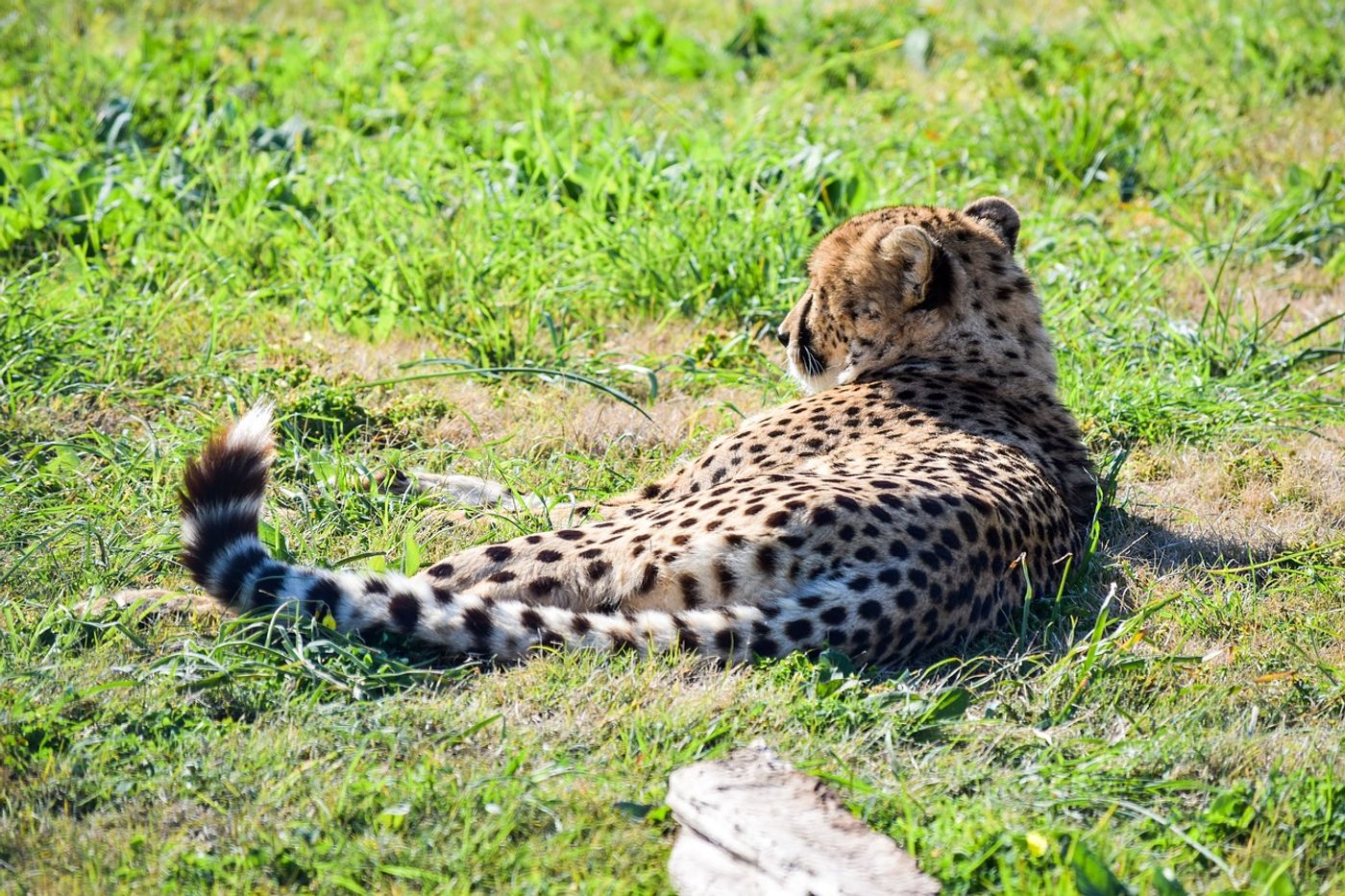Nearby Threats Define a Wild Cheetah's Feeding Habits
Like many other opportunistic carnivores, wild cheetahs prowl around in the wilderness for prey and pounce on it when the time is right. But there could be more to cheetah feeding behavior than animal experts initially thought.
Image Credit: Pixabay
After analyzing 35 years’ worth of data encompassing cheetah hunting and feeding behavior at Serengeti National Park, researchers from Virginia Tech's College of Natural Resources and Environment took note of some rather attention-grabbing patterns that may redefine our understanding of the creatures.
The findings have been published in the journal Behavioral Ecology and Sociobiology this week.
As it would seem, cheetahs pay close attention to their surroundings after snagging a fresh kill. But more importantly, the presence of larger carnivores, such as lions and hyenas, can have a direct impact on their eating habits.
Related: Meet the dog that's caring for five cheetah cubs
The results demonstrate how both male and single female cheetahs devour their prey as quickly as possible after a kill to mitigate the chance that a larger carnivore will walk up and steal the prey out from under them.
On the other hand, mothers with cubs take an entirely different approach; they sit out on the sidelines and keep a lookout while the cubs devour the prey.
Cheetah cubs can't eat as quickly as their fully-grown counterparts because their mouths aren't as big. That said, this behavior on the mother’s part protects the vulnerable cubs from larger predators during feeding and ensures that each one receives the food portion they need for survival.
"Instead of speed, mothers use vigilance to minimize risk," elaborated Anne Hilborn, the lead author of the study.
"They spend more time paused before eating, perhaps also to catch their breath, and are more vigilant. This increases the amount of time they spend eating, which in turn increases their overall handling time."
Related: Are cheetahs closer to extinction than initially thought?
The study certainly brings intriguing findings to the table, but it also raises new questions. For example, is this behavior unique to cheetahs at Serengeti National Park where lion and hyena populations are higher than elsewhere?
Perhaps future research could provide more insight, but it could be a while before a definitive answer materializes.
Source: Phys.org









